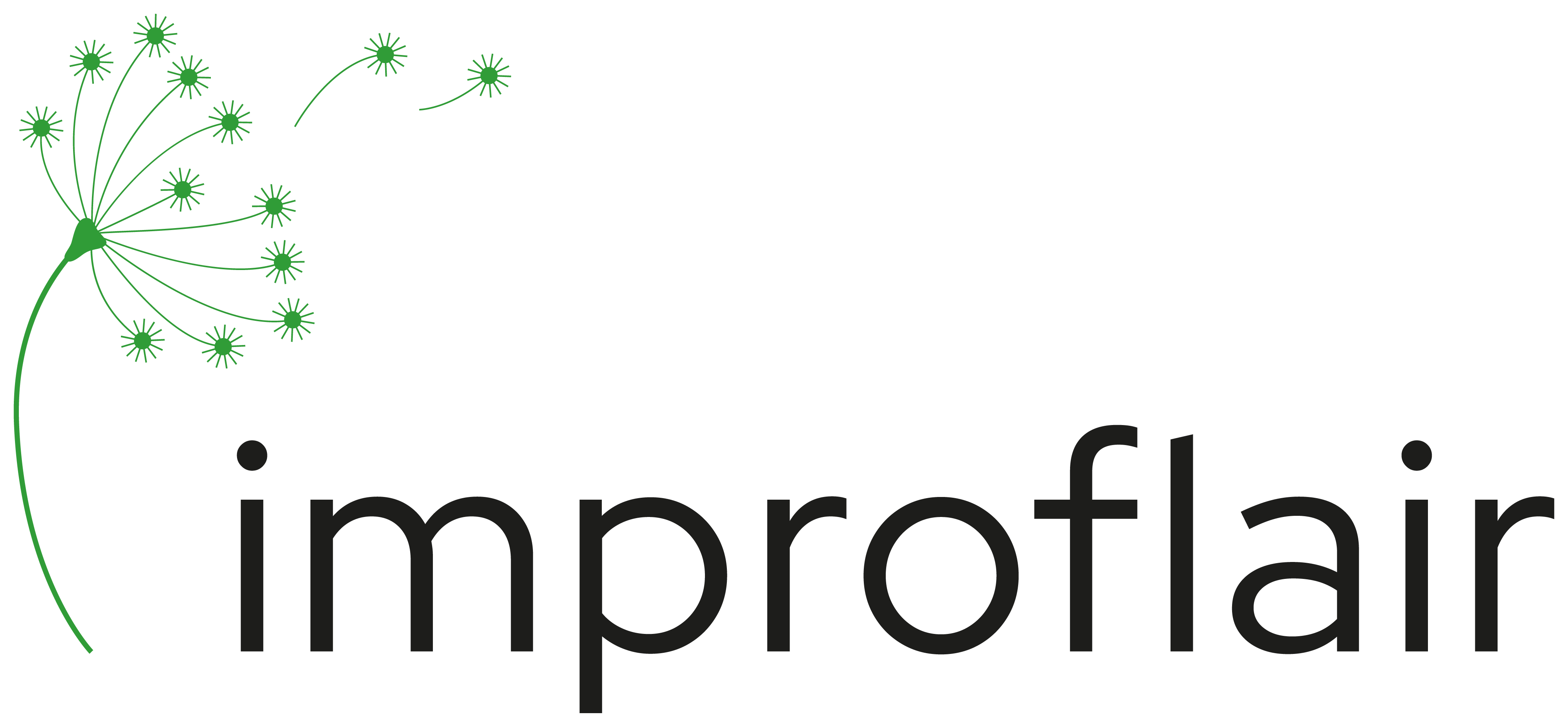#gmw16: Angewandte Improvisation: Beiträge zu Kooperation und Peer Learning
Mein für die Konferenz der „Gesellschaft für Medien in der Wissenschaft“ in Innsbruck (August, 2016) vorab eingereichter Beitrag dazu: http://2016.gmw-online.de/?s=improvisation Im Rahmen des educamp am 31. 8. 16 bei der #gmw16 habe ich innerhalb einer knappen Stunde wieder das Thema Angewandte Improvisation eingebracht. Der Fokus lag diesmal noch stärker beim Thema „Einsatz in verschiedenen Lernfeldern“ […]
Exploring game mechanics and much more
On an Open Space session of the Conference of the Applied Improvisation Network in Oxford (August 2016) Dave Cooper http://www.drdavient.com facilitated the game “Cat on yer head”. The group who played grew very fast up to 30 people and had lots of fun. You can find a free description of the game here http://www.playniac.com/games/cat-on-yer-head/– in […]
Playful Debriefing
In The Open Space at the Conference of the Applied Improvisation in Oxford (August 2016), there also was a session on debriefing. On my journey of doing a thesis on Applied Improvisation in higher education (offline and online) i very quickly decided, that debriefing will be one of the center stones. Of course you benefit […]
A room-atmosphere-transforming way to start a conference (and other learning journeys)
Ok. You could say, this was a special conference with special people (Applied Improvisation Network in Oxford, August 2016). And there are other conferences. And those can learn a lot out of what is happening here. So here has been an opening done by a president (Paul Z. Jackson). Short. To the point. Witty and […]
A very special conference #ainox16
I am at the moment at the conference of the Applied Improvisation Network http://appliedimprovisation.network/. It’s a global network with over 5.000 members. People who use methods and the framework of improvisation methods in fields like education, counselling, therapy, business, facilitation, teamwork, healthcare, humanitarian sector, theater and improvisation training… I came aware and member of this […]

